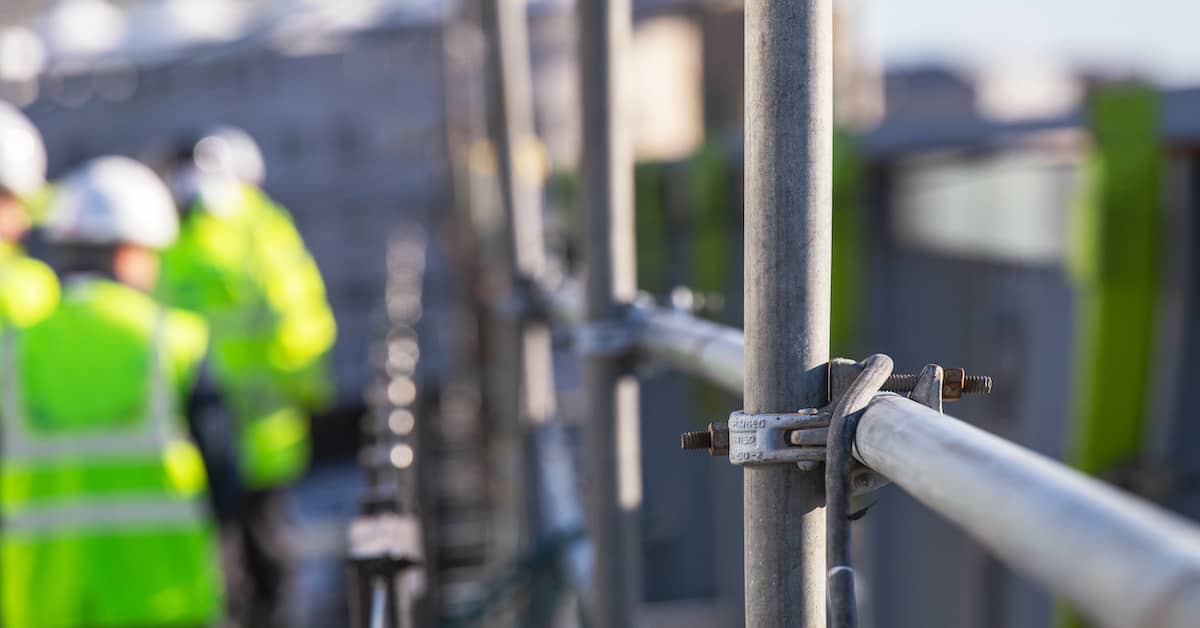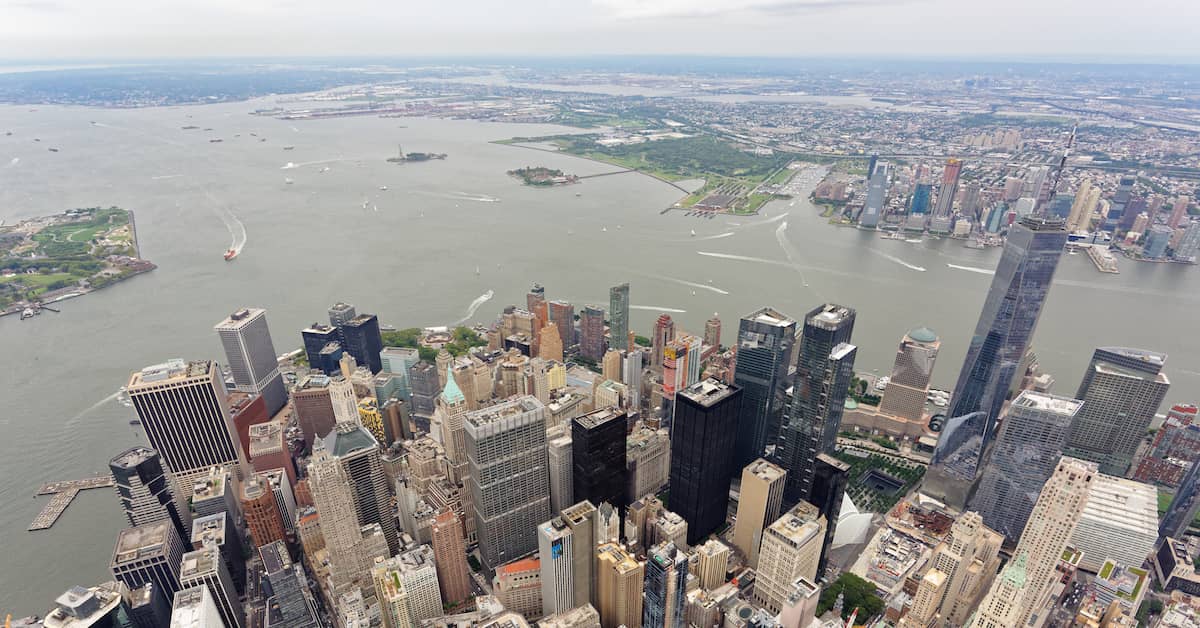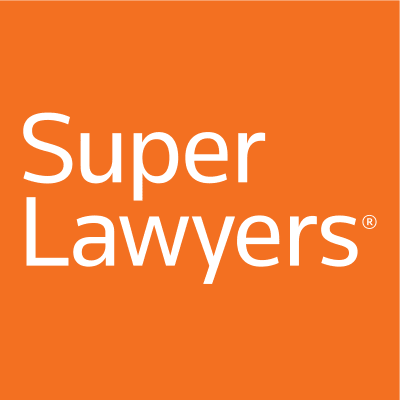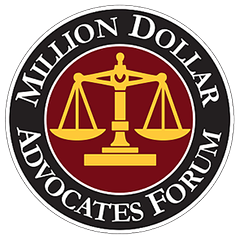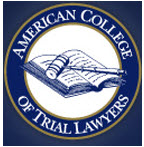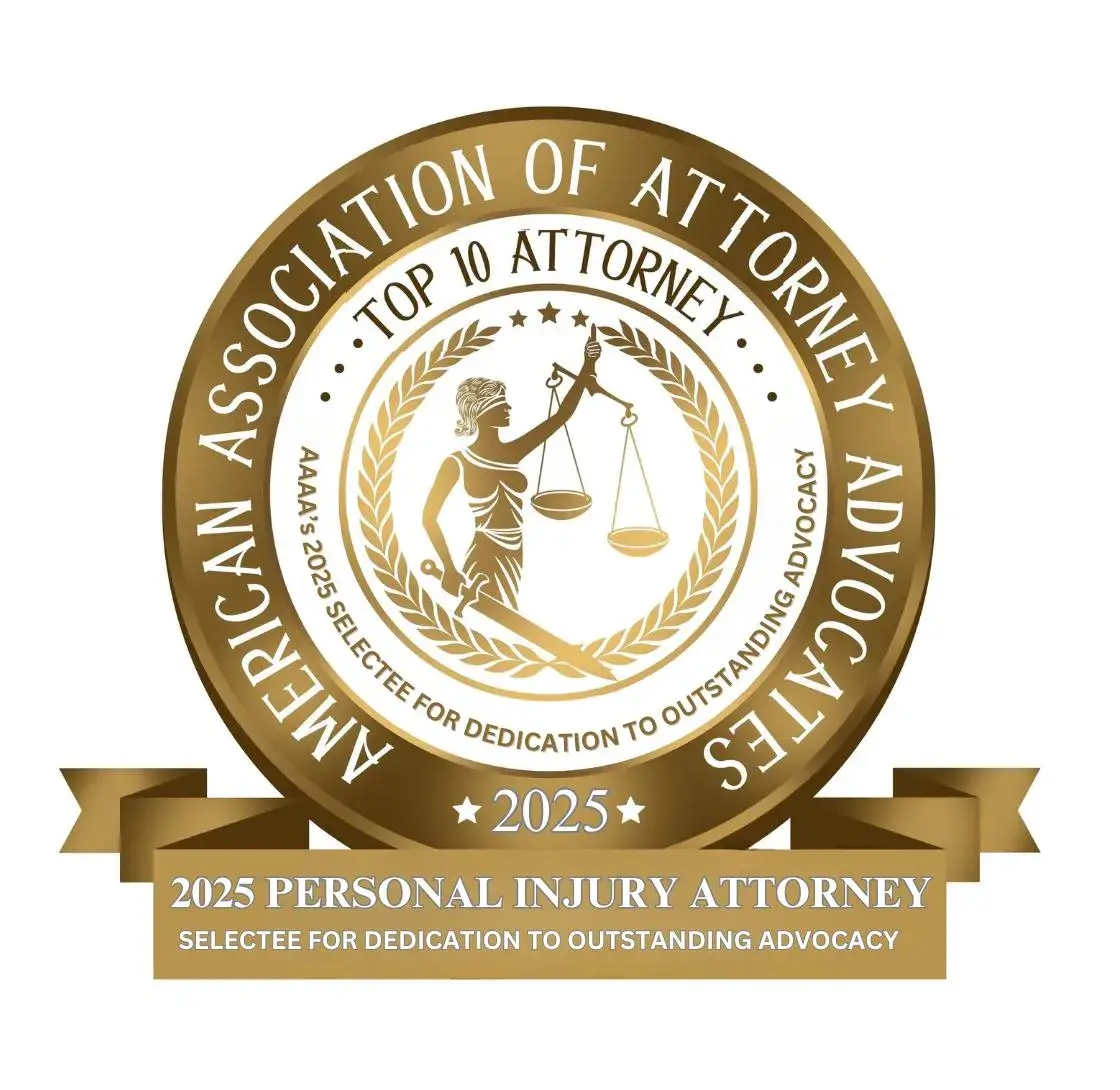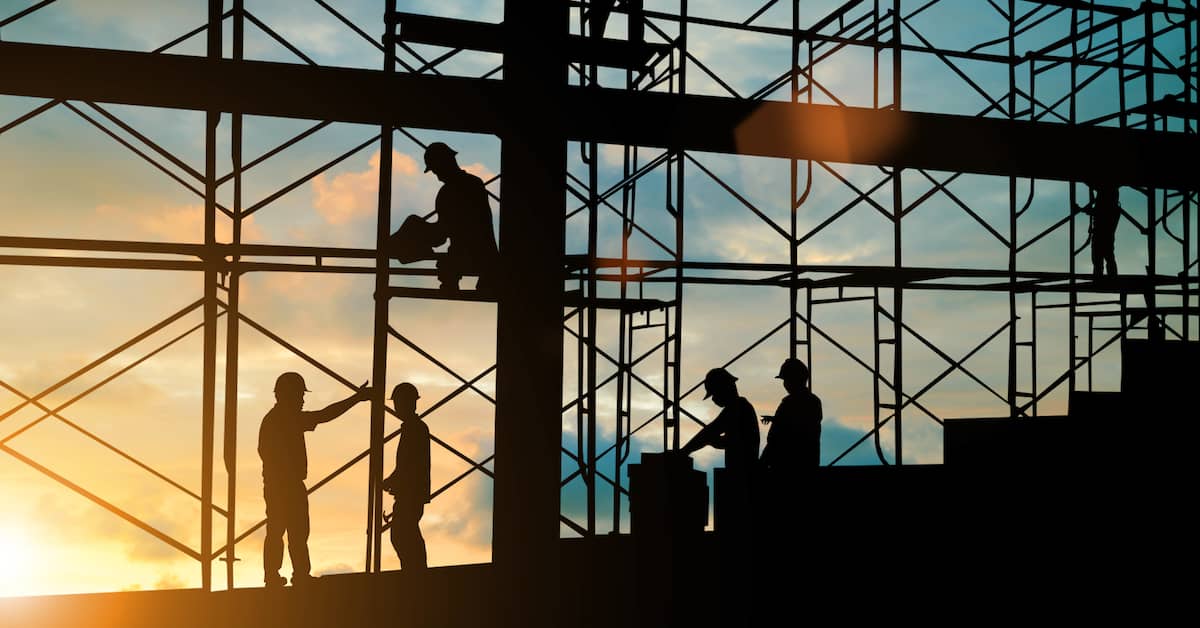
What Is the Scaffolding Law in New York?
If you or someone you care about works on construction sites in New York, knowing about the scaffolding law in New York is something everyone must do. Construction is a dangerous industry, and this law is designed to protect workers, especially those who work at heights.
But like many legal matters, it’s complicated at first glance. Understanding your rights under this law could make the difference between getting the compensation you deserve after an injury or facing unnecessary hardships.
What is the scaffolding law in New York and how does it protect injured construction workers?
New York’s scaffolding law (Labor Law Section 240) gives construction workers strong legal protection when working at heights. Here’s how it works:
- It requires property owners and contractors to provide safe equipment—like scaffolds, ladders, and fall protection—for workers doing construction, demolition, or repair.
- The law applies to both employees and day laborers, including undocumented workers and independent contractors.
- If scaffolding collapses, tools fall, or ladders fail due to missing or defective safety measures, the responsible parties can be held fully liable.
- Injured workers may be entitled to compensation for medical bills, lost wages, and pain and suffering—even if the employer tries to blame them.
- The law enforces absolute liability, which means owners and contractors can’t shift blame onto workers.
- Common causes of scaffolding collapses include poor construction, defective hardware, lack of guardrails, or improper setup.
What Is the Scaffolding Law?
The scaffolding law, formerly known as New York Labor Law Section 240, protects construction workers from falls and accidents caused by gravity. Property owners and contractors must provide proper safety measures for employees working at elevated heights.
This can include scaffolding, ladders, and other devices that support workers during the job.
Key features of the scaffolding law
The scaffolding law covers a range of workplace situations. Some highlights include:
- It applies only to construction, demolition, and repair work.
- Workers must be protected from all types of height-related hazards, including falling materials or tools.
- Both permanent employees and even day laborers or subcontractors are often covered under this law.
If safety equipment is missing or malfunctions while someone is working at heights, the property owner or contractor can be held legally responsible for injuries.
Who Does the Law Protect?
Not every worker is automatically covered by this law. To determine if someone qualifies for protection under this law, certain criteria must be met:
- The Type of Work Matters
The law applies to individuals working in construction, demolition, or restoration industries. Routine maintenance, such as cleaning windows, usually does not qualify unless it involves significant height-related hazards. - Height Must Be a Factor
The scaffolding law applies specifically to jobs performed above ground level. These could involve scaffolding, ladders, roofs, or bridges.
This protection has allowed countless workers to recover compensation for their injuries, injuries that could have been prevented with proper care and attention.
Common Accidents Covered by the Law
Working at heights carries unique risks, and accidents can happen in many ways. The scaffolding law is meant to address the most common types of incidents and what causes scaffolding collapses during construction.
Some examples include:
- Falls from scaffolding due to unsafe materials, poor construction, or lack of railings.
- Ladder collapses caused by improper setup or defective hardware.
- Falling tools or debris striking workers who are lower on the structure or on the ground.
If you’ve experienced any of these incidents while on the job, you may qualify for compensation under the scaffolding law.
What Safety Measures Should Be Provided?
Under the scaffolding law, employers and property owners must provide the tools and equipment necessary to protect workers from height-related risks.
Proper precautions can include, but are not limited to, the following:
- Secured and stable scaffolding systems with guardrails in place.
- Ladders positioned securely on even ground.
- Personal protective equipment like harnesses.
- Netting or barriers to catch falling debris or tools.
When these safety measures aren’t followed, workers often pay the price. Knowing what your employer should provide can help you identify when your rights have been violated.
Who Is Liable for Accidents?
Liability plays a significant role in scaffolding-related cases. Responsibility usually falls on property owners, contractors, or companies overseeing the project. Under the scaffolding law, these parties must ensure that workers are safe, or they face legal consequences.
Parties that can be held liable:
- Property Owners: Whether a private owner or a corporation, whoever owns the property is required to ensure workplace safety.
- General Contractors: Contractors overseeing construction must ensure that proper safety measures are implemented.
- Subcontractors: If a smaller company is hired for specific tasks but fails to maintain safety standards, they can also be held liable.
The scaffolding law places absolute liability on these parties, which means the responsibility cannot be ignored or shifted to others.
What Compensation Could Injured Workers Receive?
If you are injured while working at heights, the compensation you may be entitled to can help you recover financially and emotionally. While every case is unique, here are some of the types of compensation often covered under the scaffolding law:
- Medical bills for immediate and long-term treatment.
- Wages lost while recovering from injuries.
- Pain and suffering caused by the accident.
Workers have used this law to recover millions of dollars in settlements and verdicts, ensuring that negligent parties are held accountable.
Misunderstandings About the Law
There are some misconceptions surrounding New York’s scaffolding law. These misunderstandings can sometimes prevent workers from fully using the protections they are entitled to.
Common Myths:
- Only Major Construction Sites Are Covered: Not true. The law protects workers on projects of any size, provided height-related risks are involved.
- It’s Workers’ Fault if They Get Hurt: The scaffolding law places the burden of safety on employers, not workers. Even small mistakes by workers may not prevent them from receiving compensation.
- You Can’t Get Help If You’re Not a U.S. Citizen: Legal status often isn’t a factor when determining compensation. Undocumented workers may still have rights under this law.
Understanding these facts can help you protect your rights and take action if you’ve been injured.
How Scaffolding Law Protects Day Laborers and Temporary Workers
Day laborers and temporary workers make up a significant portion of the construction workforce in New York. These workers often take jobs on short notice, which can leave them vulnerable to unsafe working conditions.
The scaffolding law in New York, however, ensures that all workers, including those employed temporarily, are legally protected. It holds property owners and contractors accountable for creating safe working environments for everyone on the site, no matter their employment status.
Temporary and day laborers face challenges like limited access to safety training and unpredictable job sites. The scaffolding law addresses these concerns by requiring employers to provide proper safety equipment for everyone.
It also mandates that scaffolds, ladders, and other equipment are stable and secure, reducing the chances of falls and injuries. This law allows temporary workers to seek legal remedies if unsafe conditions lead to harm.
- Workers are entitled to the same safety measures regardless of their employment.
- Property owners and contractors cannot avoid responsibility by hiring temporary workers.
- Injured workers can file lawsuits even if they took the job for a single day.
The scaffolding law ensures all workers are valued equally, regardless of how they got the job or how long they plan to stay. It creates a level playing field where safety is a right for everyone, not just permanent employees.
How to File a Claim Under the Scaffolding Law
If you’ve been hurt on a construction site, your first priority should be seeking medical care. After that, taking the proper legal steps can make all the difference.
Here’s a simple guide to help you along the way:
- Document Everything: Take photos of the scene, injuries, and any equipment involved in the accident.
- Report the Incident: Notify your employer in writing about the accident as soon as possible.
- Seek Legal Advice: An experienced legal team can help you file your claim, gather evidence, and fight for your rights.
Time matters when filing claims. Waiting too long may affect your ability to pursue compensation.
Why Does the Scaffolding Law Matter for Workers?
New York’s scaffolding law exists for one reason—to save lives and protect the well-being of workers.
Construction remains one of the riskiest industries in the nation, and without this law, workers dealing with height-related tasks would face even greater dangers.
Three Key Takeaways:
- The scaffolding law creates accountability for owners and contractors.
- It ensures that workers have the necessary tools and support to do their jobs safely.
- It provides injured workers with a path to justice and financial recovery.
The law protects construction workers’ safety by holding property owners and employers accountable.
What Should You Do If You’re Injured?
After an accident, many workers face uncertainty. Questions about where to turn, who is at fault, and how to pay medical bills can weigh heavily. If you’ve been hurt on the job while working at heights, knowing your rights under the scaffolding law can help you move forward.
Taking action quickly after an accident by securing proper legal guidance can give you the confidence to file a claim and recover fair compensation.
Call for Help
At Maggiano, DiGirolamo & Lizzi, P.C., we understand how devastating construction accidents can be. If you’ve been injured, call us today at (201) 585-9111 to schedule a consultation. You don’t have to face this alone.
FAQ – Frequently Asked Questions about Scaffolding Law in New York
1. Can undocumented workers file a claim under the scaffolding law in New York?
Yes, undocumented workers are protected under the scaffolding law. Your immigration status does not affect your right to a safe workplace or your ability to seek compensation if injured due to unsafe conditions.
2. What if the accident happened on private property?
The scaffolding law applies to accidents on private properties under certain circumstances. If the work involves construction, demolition, or repair that requires scaffolds or ladders, the law still holds property owners or contractors responsible for safety.
3. Are workers provided free safety equipment under the scaffolding law?
Yes, employers must provide appropriate and properly maintained safety equipment to prevent falls. This includes items like harnesses, guardrails, and secure platforms. Workers should not have to pay for this equipment themselves.
4. Is there a time limit to file a case under the scaffolding law?
Yes, there is a limited time to file a claim after an accident occurs. This is known as the statute of limitations, which can vary depending on the specific case. Consulting an attorney as soon as possible ensures you don’t miss important deadlines.
5. What if my employer says the accident is my fault?
Even if your employer tries to blame you, the law protects you if safety standards were violated. The scaffolding law places responsibility on property owners and contractors, not workers, to create a safe working environment.
6. What if I don’t speak English fluently?
You can still file a claim under the scaffolding law even if English is not your first language. Many law firms work with translators to help you understand your rights and the legal process. Language barriers should not stop you from seeking justice.
7. Does the scaffolding law cover independent contractors?
Yes, independent contractors can be covered under the scaffolding law if their injury occurred while performing qualifying work, such as construction or repair. The responsibility for safety lies with property owners and contractors, regardless of the worker’s employment status.



